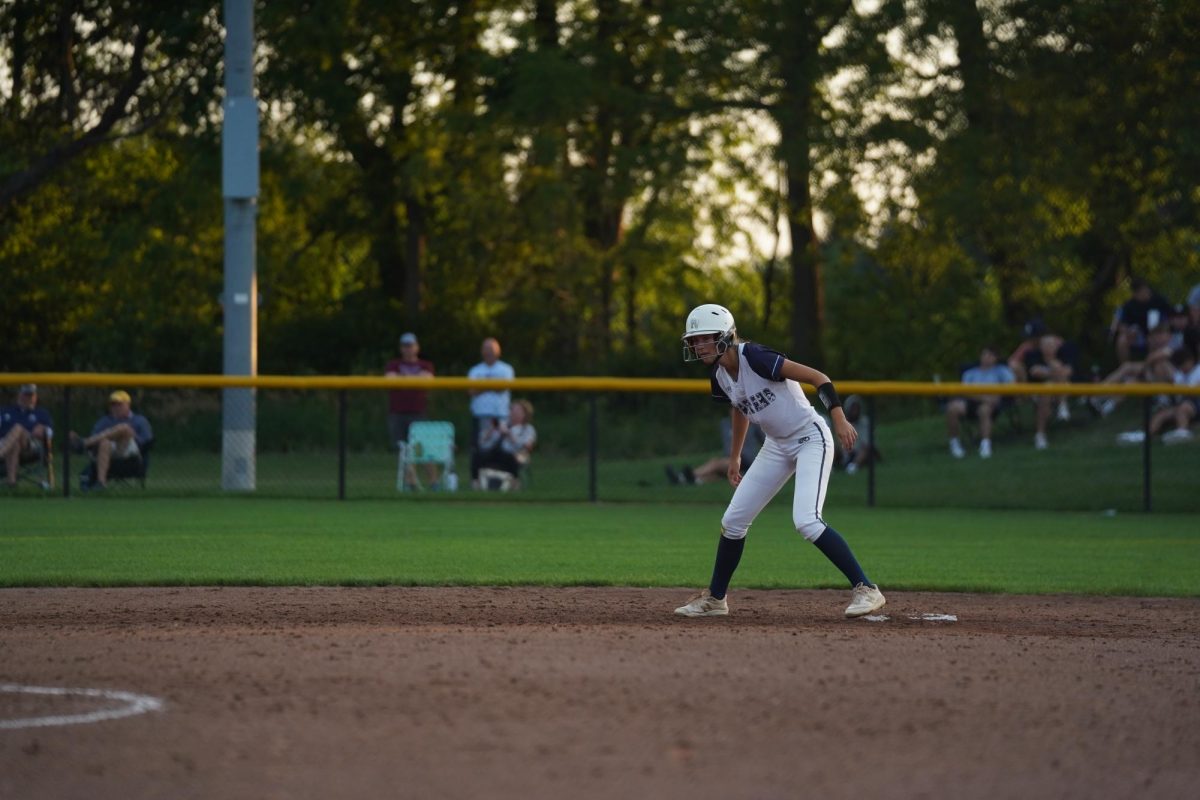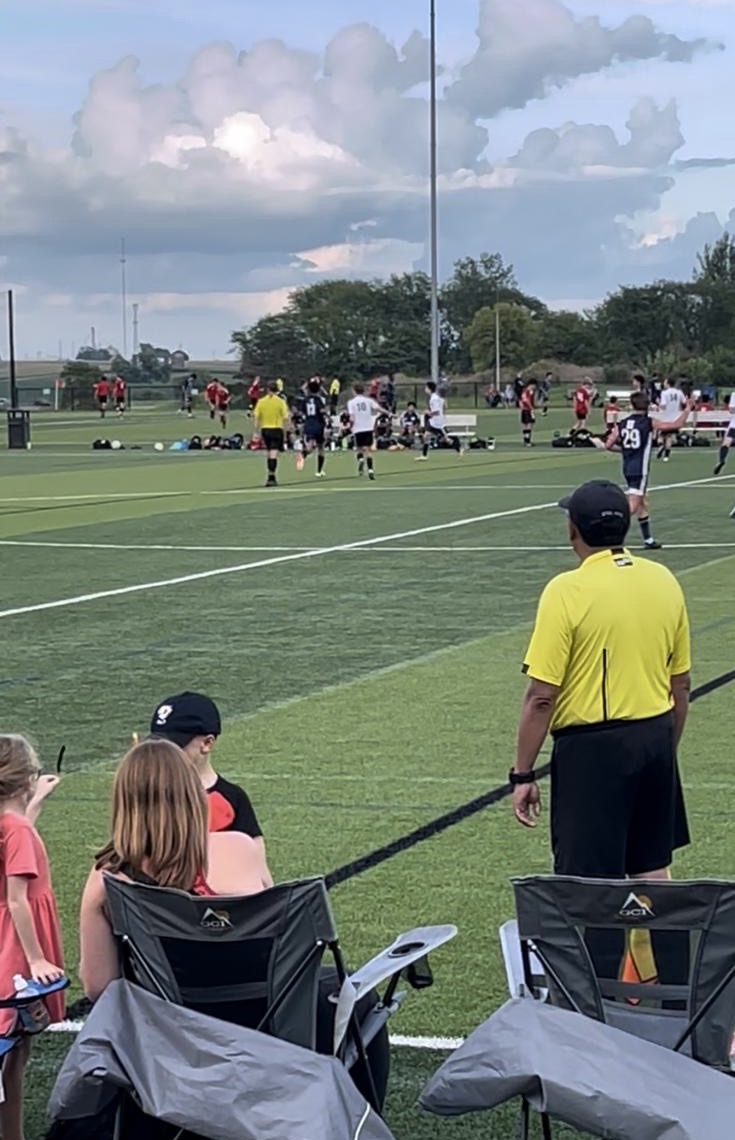With many student-athletes determined to play their respective sports collegiately or proceed to compete at higher levels, the competitive nature of high school athletics continues to increase. Because high school or teenage athletes are still growing, they may be more susceptible to harmful injuries. Along with this tendency, the strenuous workload put on student-athletes can quickly become a stress-inducing factor. One such injury is a concussion— a TBI (traumatic brain injury), which has risen 200% among teens age 14 to 19 in the last decade.
This traumatic brain injury is a result of a blow or impact to the head. It causes the brain to move past the spinal fluid and potentially crash into the skull, damaging sensitive neural pathways in the process. This impact causes the brain to move back and forth swiftly inside the head, which again, can alter the chemical composition of certain brain cells.
Athletes who have previously experienced a concussion are more likely to undergo one again.
Because symptoms may not appear for hours or even days succeeding the injury, concussions may be difficult to recognize. In fact, most concussions do not result in a loss of consciousness.
“On the overall spectrum of head trauma, football cases are mild for the most part. Serious injuries can and do happen, but most resolve themselves within 7 to 10 days with no lasting effects,” said Dr. James P. Kelly, Director of the National Intrepid Center of Excellence for treating veterans with TBI and former neurologist for the Chicago Bears. “The major concern is Second Impact Syndrome, when a player goes back too early and gets hit again. This can be very dangerous and lead to massive swelling of the brain.”
With the heavier strains placed on many athletes nationwide today, concussions have become more and more common. Typically, these injuries are the most prevalent in football. However, they have become more and more present in other sports as well. For this reason, all student-athletes are advised to not only promote safety to protect themselves, but to also be mindful of the fact that concussions may even become fatal if not treated immediately. After all, the brain is a critical part to a student’s success, both on and off the playing field.
“Things have changed dramatically in how we manage it. There’s all these educational programs,” said Chris White, the athletic trainer at Brophy College Prep. “I just think the culture has changed where you shouldn’t just be tough and suck it up. It’s something that really needs to be said.”
Pleasant Valley students are required to submit a valid and complete “Heads UP!” concussion form on file before they are eligible to participate in any sport. As more awareness is brought to this topic, educational programs have also been put into place, teaching about how to deal with situations regarding concussions. The Center for Disease Control has developed several free online programs to train students, parents, coaches, and school staff on how to react to a situation in which a student-athlete is showing potential symptoms, for example, or perhaps returning to school after suffering a TBI.








